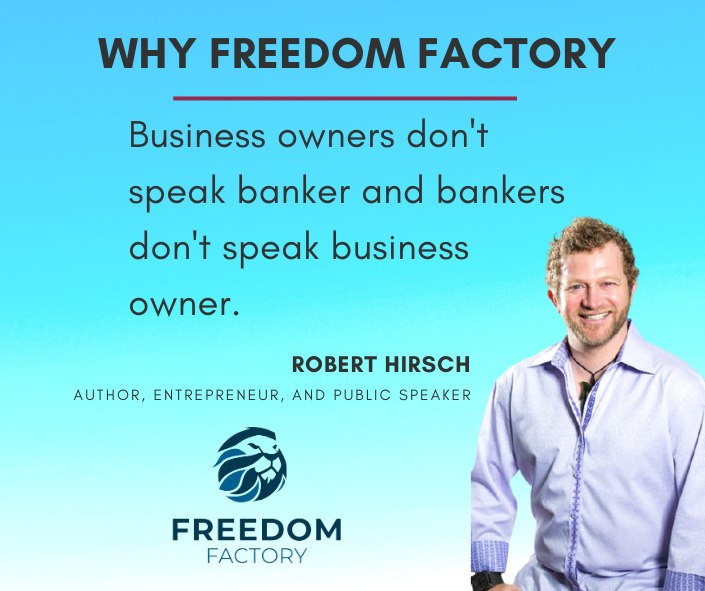To keep learning and advancing your profession, the following resources will be handy:.
Growth equity is often described as the personal financial investment strategy inhabiting the happy medium in between endeavor capital and traditional leveraged buyout methods. While this might hold true, the strategy has progressed into more than just an intermediate private investing technique. Development equity is typically referred to as the private investment method occupying the happy medium between equity capital and traditional leveraged buyout techniques.
Yes, No, END NOTES (1) Source: National Center for the Middle Market. (2) Source: Credit Suisse, "The Incredible Diminishing Universe of Stocks: The Causes and Effects of Less U.S.
Alternative investments are financial investments, speculative investment vehicles and are not suitable for appropriate investors - . An investment in an alternative investment involves a high degree of threat and no assurance can be given that any alternative financial investment fund's financial investment goals will be attained or that financiers will get a return of their capital.

This industry information and its importance is a viewpoint just and should not be relied upon as the only important information readily available. Info contained herein has actually been obtained from sources believed to be trusted, however not guaranteed, and i, Capital Network assumes no liability for the information offered. This information is the home of i, Capital Network.
they use leverage). This financial investment technique has assisted coin the term "Leveraged Buyout" (LBO). LBOs are the main investment strategy type of a lot of Private Equity firms. History of Private Equity and Leveraged Buyouts J.P. Morgan was thought about to have made the very first leveraged buyout https://beterhbo.ning.com/profiles/blogs/private-equity-funds-know-the-different-types-of-private-equity-7 in history with his purchase of Carnegie Steel Company in 1901 from Andrew Carnegie and Henry Phipps for $480 million.

As pointed out previously, the most well-known of these deals was KKR's $31. 1 billion RJR Nabisco buyout. Although this was the biggest leveraged buyout ever at the time, lots of people believed at the time that the RJR Nabisco offer represented the end of the private equity boom of the 1980s, due to the fact that KKR's financial investment, nevertheless famous, was ultimately a considerable failure for the KKR financiers who bought the business.
In addition, a great deal of the cash that was raised in the boom years (2005-2007) still has yet to be utilized for buyouts. This overhang of dedicated capital avoids numerous financiers from committing to purchase brand-new PE funds. In general, it is estimated that PE companies handle over $2 trillion in possessions worldwide today, with near $1 trillion in dedicated capital readily available to make new PE financial investments (this capital is in some cases called "dry powder" in the market). .
An initial investment could be seed funding for the business to start building its operations. Later on, if the company shows that it has a viable product, it can acquire Series A funding for additional growth. A start-up company can finish several rounds of series funding prior to going public or being acquired by a monetary sponsor or tactical purchaser.
Top LBO PE companies are characterized by their big fund size; they are able to make the biggest buyouts and handle the Tyler Tivis Tysdal most financial obligation. LBO transactions come in all shapes and sizes. Total deal sizes can vary from tens of millions to 10s of billions of dollars, and can happen on target companies in a variety of industries and sectors.
Prior to carrying out a distressed buyout opportunity, a distressed buyout company needs to make judgments about the target company's worth, the survivability, the legal and restructuring problems that may occur (need to the business's distressed possessions require to be restructured), and whether the creditors of the target business will become equity holders.
The PE company is required to invest each particular fund's capital within a period of about 5-7 years and after that usually has another 5-7 years to offer (exit) the investments. PE companies generally use about 90% of the balance of their funds for brand-new financial investments, and reserve about 10% for capital to be utilized by their portfolio companies (bolt-on acquisitions, extra offered capital, and so on).
Fund 1's committed capital is being invested in time, and being gone back to the limited partners as the portfolio business in that fund are being exited/sold. As a PE firm nears the end of Fund 1, it will require to raise a new fund from brand-new and existing minimal partners to sustain its operations.